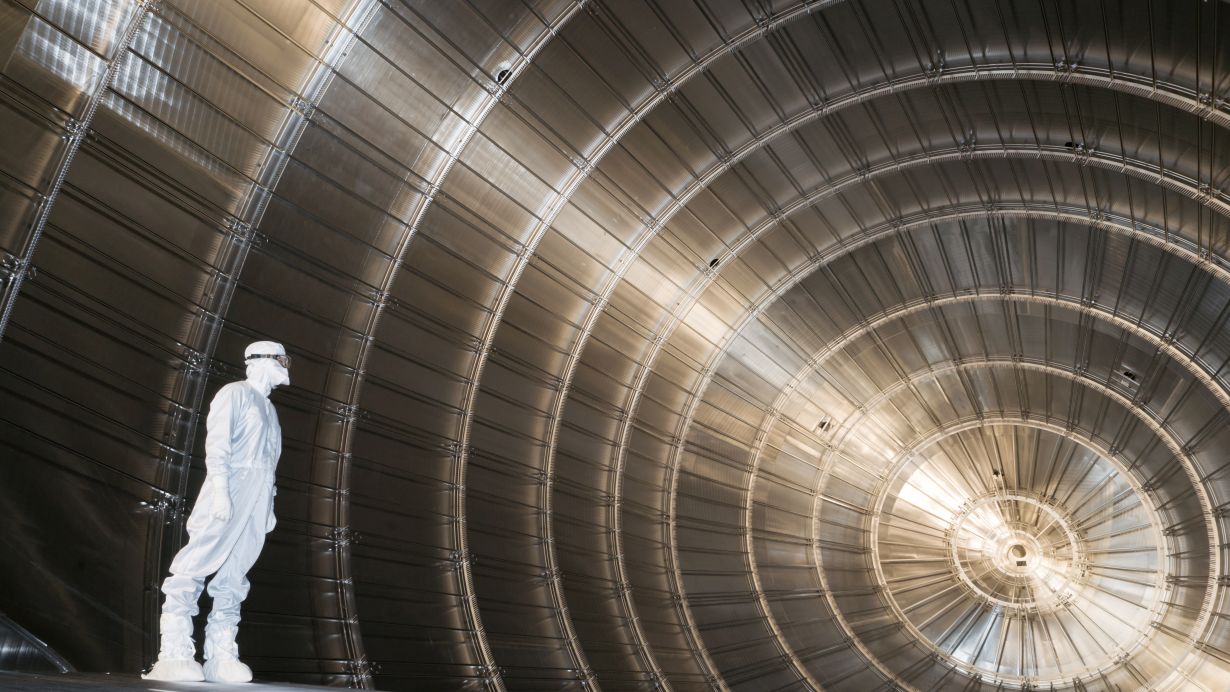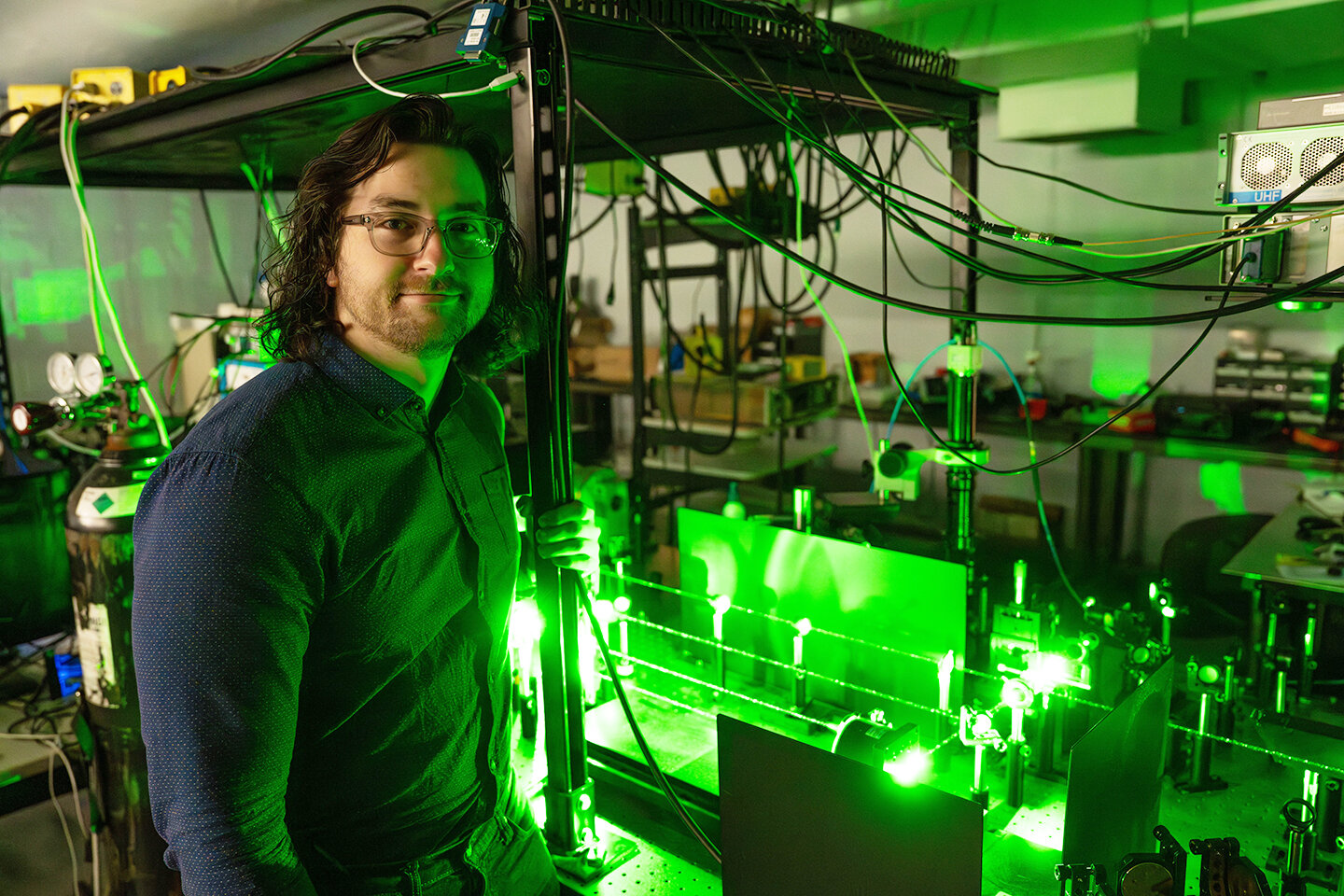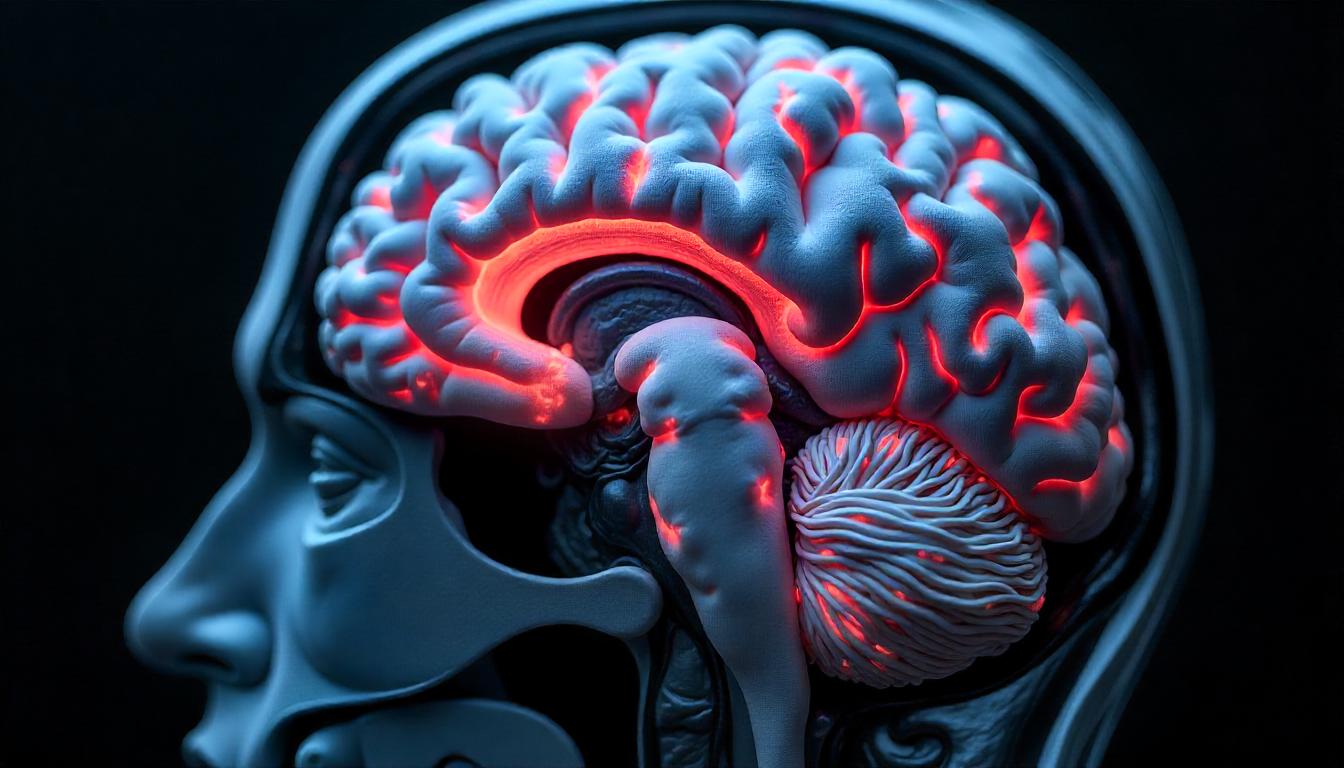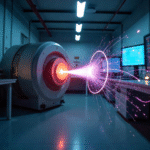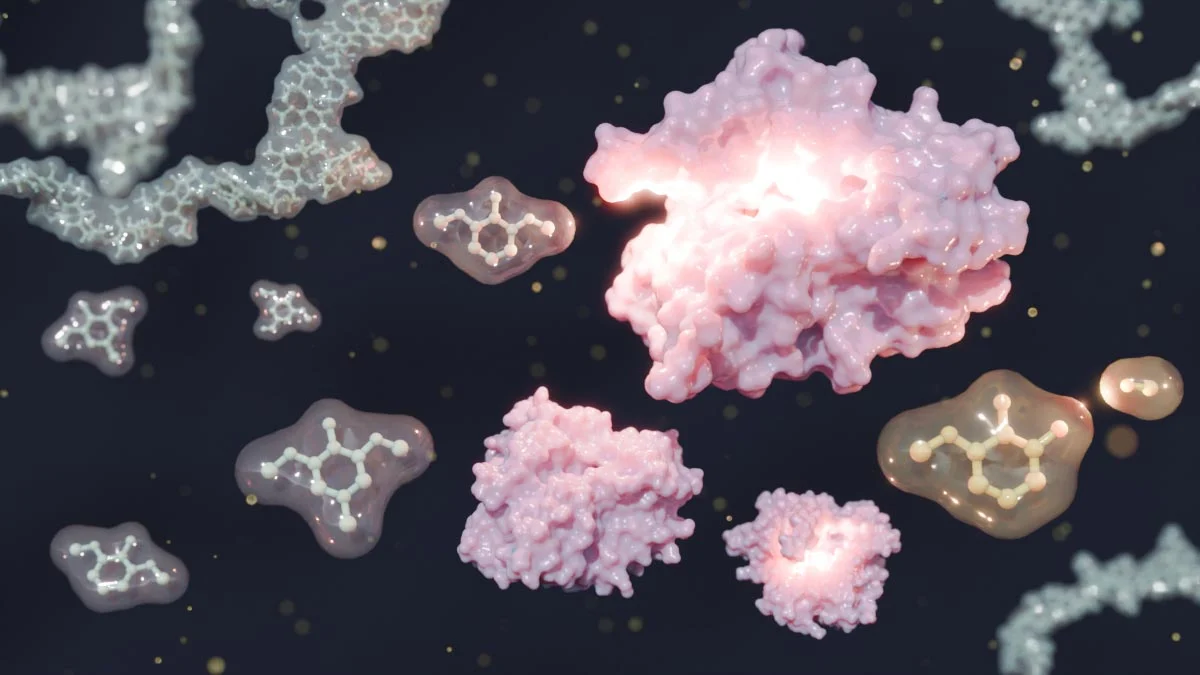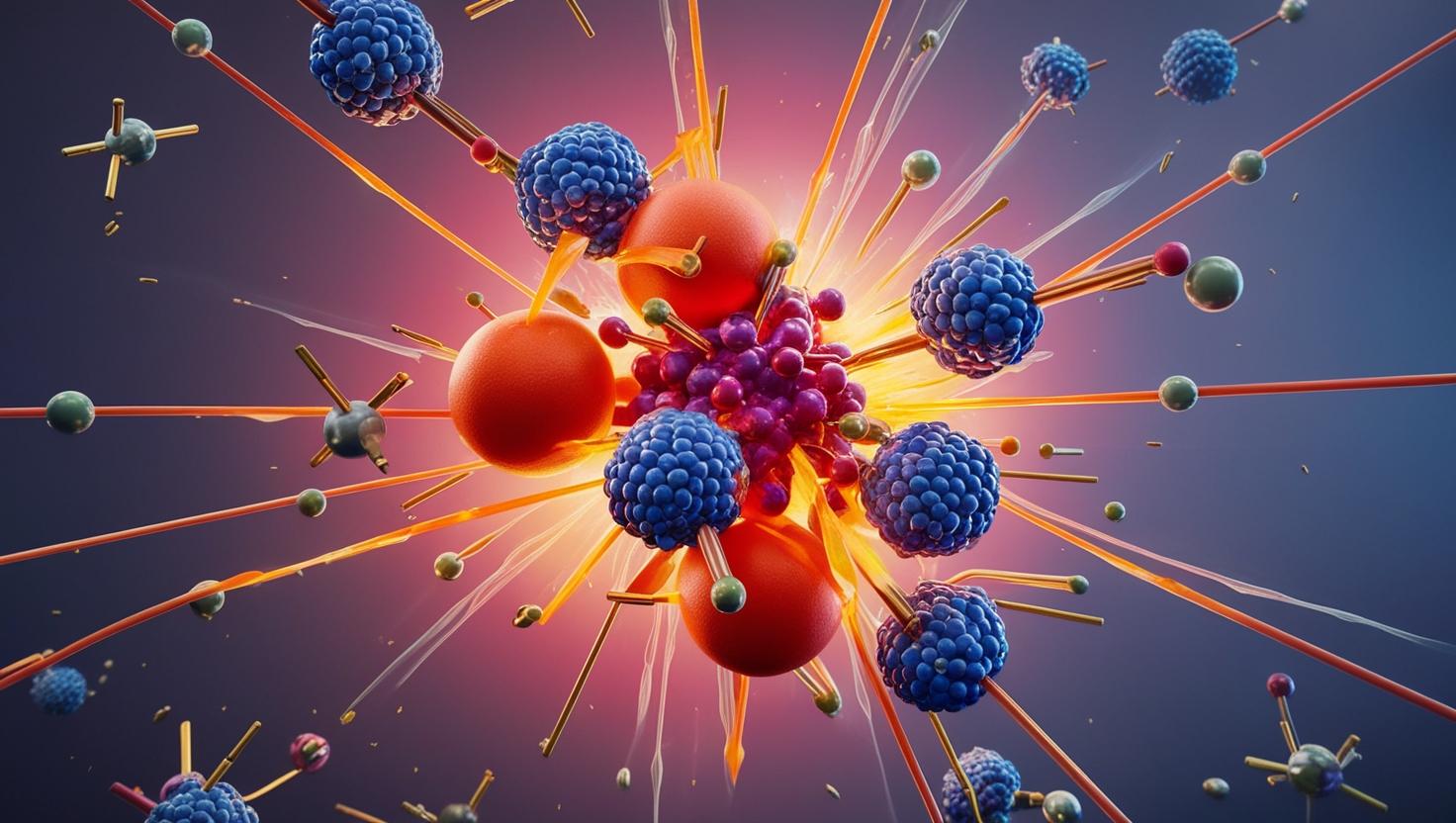A New Frontier in Brain Health Diagnosis
Imagine uncovering the mysteries of the human brain with just one scan. That’s now possible thanks to a groundbreaking AI tool called StateViewer, developed by Mayo Clinic researchers. This advanced system can accurately identify nine different forms of dementia, including Alzheimer’s, Lewy body, and frontotemporal dementia—all from a single, widely available brain scan.
How StateViewer Works
Harnessing AI and Brain Imaging
StateViewer analyzes FDG-PET brain scans, which track how glucose is used in different brain regions. These scans help highlight unique patterns of activity—or inactivity—associated with various dementia types.
Machine Learning Meets Medical Insight
The tool compares each scan to a massive database of confirmed dementia cases. It then uses artificial intelligence to detect subtle, disease-specific signatures in the brain’s glucose usage. The result? An 88% accuracy rate—a major improvement over traditional diagnostic methods.
Why Speed and Accuracy Matter
Faster Diagnoses, Better Outcomes
Time is critical when diagnosing neurodegenerative diseases. StateViewer enables doctors to interpret scans nearly twice as fast and with up to three times more precision compared to standard diagnostic procedures. Early, accurate detection can lead to better care plans and improve patients’ quality of life.
More Than Just a Tool—A Lifeline
For patients and families navigating a dementia diagnosis, clarity and speed can make all the difference. This tool brings that clarity within reach for clinics everywhere—not just elite research hospitals.
Expanding Access Worldwide
Democratizing High-Tech Diagnosis
StateViewer doesn’t require rare equipment or hard-to-access tests. It works with commonly available FDG-PET scans, making it feasible for widespread use, including in underserved or rural areas.
The People Behind the Breakthrough
A Mission to Bring Clarity
Dr. David Jones, neurologist and director of Mayo Clinic’s Neurology AI Program, shared the team’s vision:
“Every patient has a unique story. StateViewer reflects our commitment to understanding those stories earlier, so we can guide treatment more effectively and improve lives.”
Engineering Empathy Into AI
Dr. Leland Barnard, who led the AI design, emphasized the human-centered approach:
“We never forgot that behind every scan was a person facing difficult questions. That focus shaped how we built StateViewer.”
What This Means for the Future
A Global Health Impact
With over 55 million people affected by dementia worldwide, and nearly 10 million new cases annually, innovations like StateViewer are game-changers. By merging cutting-edge technology with medical expertise, we’re entering a new age of neurological diagnostics.
Could AI Detect More Than Dementia?
As AI becomes more integrated into healthcare, could we soon see similar tools diagnosing other complex conditions? The possibilities are limitless—and full of promise.
Stay Curious
What else could artificial intelligence unlock in the world of medicine? Follow DailySciTech.com to explore how technology is transforming the way we understand, treat, and prevent disease.
Reference: “An FDG-PET–Based Machine Learning Framework to Support Neurologic Decision-Making in Alzheimer Disease and Related Disorders” by Leland Barnard, Hugo Botha, Nick Corriveau-Lecavalier, Jonathan Graff-Radford, Ellen Dicks, Venkatsampath Gogineni, Gemeng Zhang, Brian J. Burkett, Derek R. Johnson, Sean J. Huls, Aditya Khurana, John L. Stricker, Hoon-Ki Paul Min, Matthew L. Senjem, Winnie Z. Fan, Heather Wiste, Mary M. Machulda, Melissa E. Murray, Dennis W. Dickson, Aivi T. Nguyen, R. Ross Reichard, Jeffrey L. Gunter, Christopher G. Schwarz, Kejal Kantarci, Jennifer L. Whitwell, Keith Anthony Josephs, David S. Knopman, Bradley F. Boeve, Ronald C. Petersen, Clifford R. Jack, Val J. Lowe and David T. Jones, 27 June 2025, Neurology.
DOI: 10.1212/WNL.0000000000213831
Daily science news 2025, Best science blogs, New science research 2025, Popular science articles, Latest science news 2025




